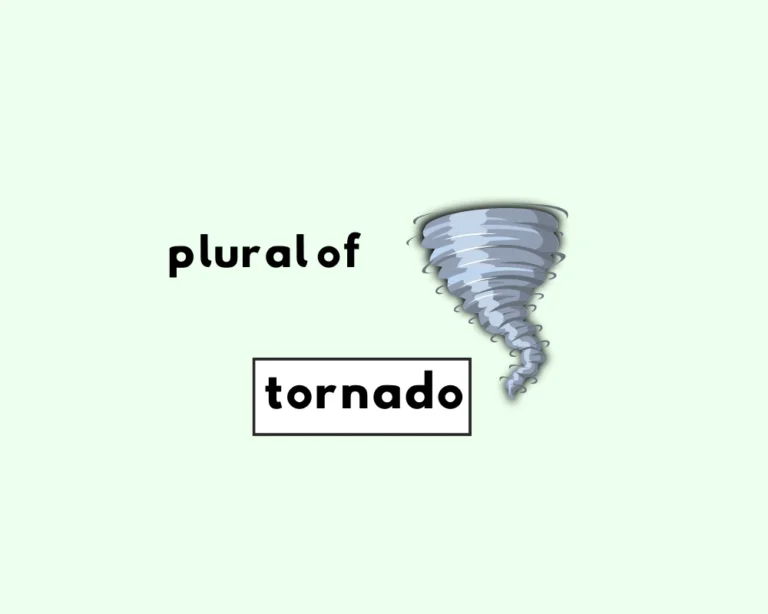
What’s the Plural of Tornado?
Plural of “tornado” Both are accepted plurals to mention more than one tornado. Other words ending in -o / -es or -s Like other singular
Grammarflex » plural-nouns
Nouns mention people, places, things or ideas. Most nouns are countable, and come in a singular or plural noun form. By and large, most nouns in English add “es” or “s” to denote a plural. These are called “regular nouns”.
Irregular nouns become plural by some other inflection, or they may simply remain as is. These nouns are harder to learn, but we have the answers to all the common questions on proper noun forms; like, “what’s the plural of sheep?”, “is fish plural or singular?”, “is ox plural oxes, or oxen?” To all of your questions on plural nouns, we have the answers. Also, no, meese is not the plural of moose; it’s just moose.


Plural of “tornado” Both are accepted plurals to mention more than one tornado. Other words ending in -o / -es or -s Like other singular

Not all heroes wear capes, and yes, ‘heroes’ is the correct plural of hero.

Cliff plural is cliffs. Usually singular nouns that end in -f/-fe take on -ves as a plural. This is not the case with cliff/cliffs.

Volcanoes and volcanos are both accepted plurals for volcano.

The plural of concerto is concerti and concertos.

Zeroes or zeros are both accepted plurals of the noun (and non-figure) zero.

The plural of codex is codexes and codices. Codex comes from the Latin, and uses Latin suffixes.

Both dogmas and dogmata are accepted plurals of dogma (sing. n.). Dogmata is the original Greek pl. n. form; dogmas is the Americanized plural.


Rhinoceros, rhinoceroses and rhinoceri are all accepted to mean more than one of these nose-horned mammals.